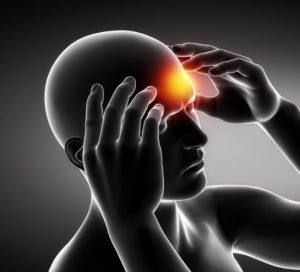
Video: Acupressure Points for Headache and Migraine Relief
In this video I demonstrate simple acupressure points that you can use to relieve your headache or migraine. See below for a handy visual reference. https://www.youtube.com/watch?v=wimixYaryHA If you’re suffering









